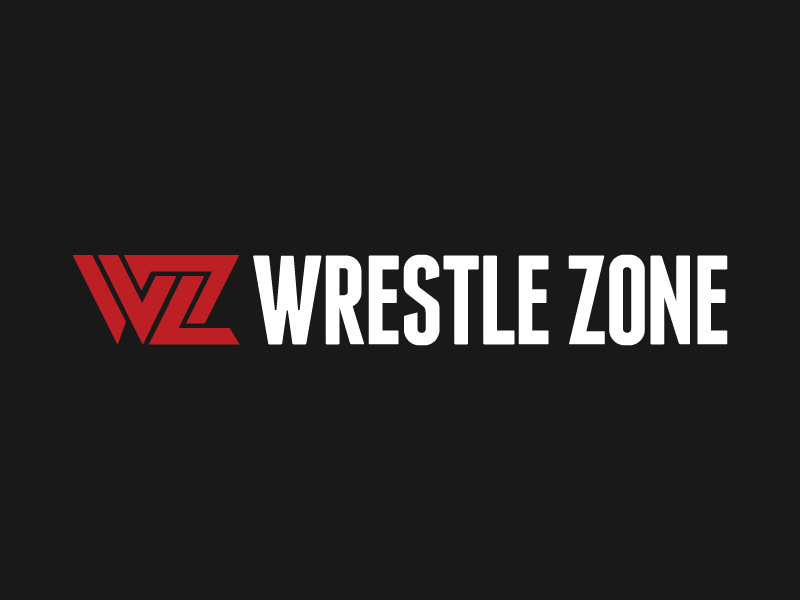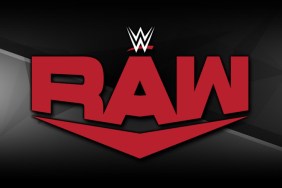Before I begin, or to begin, depending on your definition of ‘beginning’, I want to talk a bit about writing a series of columns. This isn’t to say writing more than one column, or writing dozens of columns on separate topics, but rather, writing a set of columns on one topic, covering whatever it is you wish to talk about with a degree of…

Rey Mysterio turning heel — could it actually work? Mysterio recently spoke with WrestleZone Managing Editor Bill Pritchard. During the…







